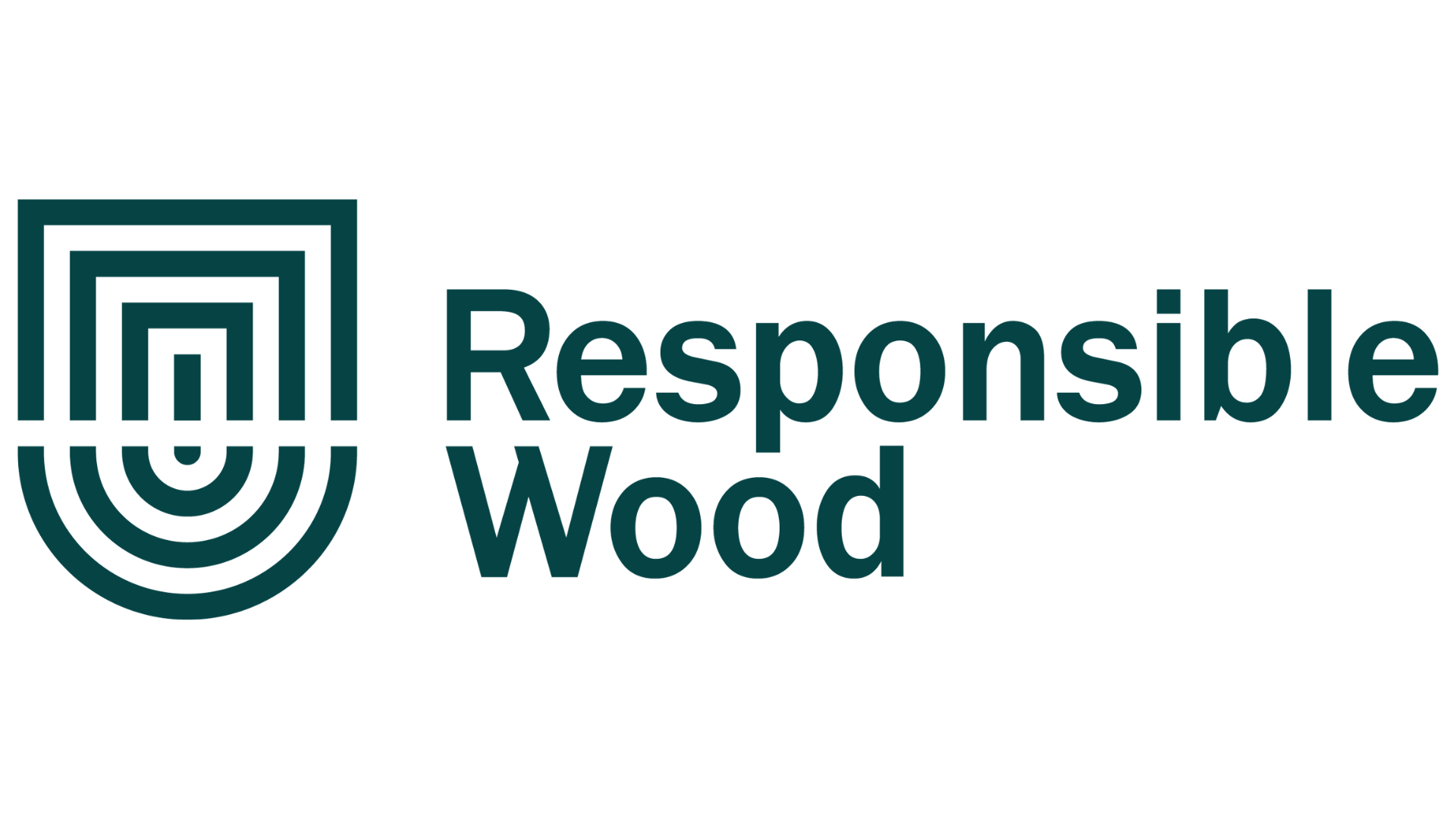The Development of Strategies to have the Carbon Savings and Broader Environmental Benefits of Growing Forests and Using Timber in the Built Environment Appropriately Recognised
Project Description
This project aims to address how the carbon savings and broader environmental benefits of growing forests and using timber in construction can be appropriately recognised. Building on Hub Project 4.1 and responding directly to regulator feedback, the project evaluates alternative recognition mechanisms, applies systems modelling to identify key constraints and opportunities for more integrated environmental metrics, and prototypes digital tools such as AI and blockchain for dynamic carbon footprinting across the forest-processing-building value chain. Expected outcomes include improved metrics and more effective pathways to ensure timber’s climate and environmental benefits are appropriately recognised in Australian policy and markets.
Objectives
This research aims to develop evidence-based strategies to ensure that the carbon mitigation potential and broader environmental benefits associated with growing forests and using timber in construction are appropriately recognised and incentivised within Australian climate and building policy frameworks.
Targeted industry focused outcomes
This project is designed to deliver targeted, industry-focused outcomes that support the recognition of timber’s carbon and environmental benefits in large-scale construction. Key outputs will include a review paper outlining best-practice approaches to carbon accounting and environmental metrics for timber buildings, a policy brief evaluating alternative recognition mechanisms beyond the ACCU Scheme, and prototype digital tools using AI and blockchain for tracking carbon across the forest-processing-building value chain. These outcomes are intended to build industry capacity, inform advocacy, and support more favourable policy settings for timber in the built environment. The intended impact is to enable the timber industry to demonstrate and be rewarded for the climate and co-benefit outcomes associated with plantation forestry and mass timber construction. Impact will be measured through stakeholder feedback and policy engagement, tool uptake, and quality publication outputs.
Objectives/Deliverables
- Strengthen the technical and empirical evidence base demonstrating the carbon savings achieved by using timber in the built environment, with particular focus on Australian-grown and manufactured wood products.
- Identify alternative mechanisms, outside the ACCU Scheme, for recognising and rewarding carbon abatement through timber use in construction.
- Investigate and prototype the use of blockchain and artificial intelligence (AI) to enhance transparency, accuracy, and traceability in timber-related carbon accounting throughout the value chain.
- Use systems modelling to understand what sorts of information, data sources, policy inputs, and land use change implications resulting from expanded reforestation, would be required to develop integrated, dynamic, and credible environmental metrics that reflect both the carbon performance and broader environmental benefits of using wood in buildings.
Project Leader/s
Paul Dargusch
Research Hub Deputy Director; Node Leader - Towards a Low-Carbon & Circular Economy
Monash University
Project Staff
Postdoctoral Research Fellow
Postdoctoral Research Fellow Opportunity
PhD Candidate
PhD Scholarship Opportunity
Project Investigators
Paul Dargusch
Research Hub Deputy Director; Node Leader - Towards a Low-Carbon & Circular Economy
Monash University
Richard Hough
Affiliate Investigator
Arup
Quentin Jackson
Affiliate Investigator
Aurecon
Gavin Matthew
Executive Board Member
Engineered Wood Products Association of Australasia (EWPAA)
Katie Fowden
Executive Board Member
Hyne / XLam
Phil Muyambo
Affiliate Investigator
Hyne Timber
Fabiano Ximenes
Theme Leader - Transformative Benefits; Partner Investigator
NSW Department of Primary Industries
Simon Dorries
Partner Investigator
Responsible wood
Robert Crawford
Project Leader; Chief Investigator
University of Melbourne
Joe Gattas
Theme Leader - Innovative Solutions; Node Leader - Manufacturing Innovation & Value-Chain Innovation
The University of Queensland
Lead Project Partner Organisation



